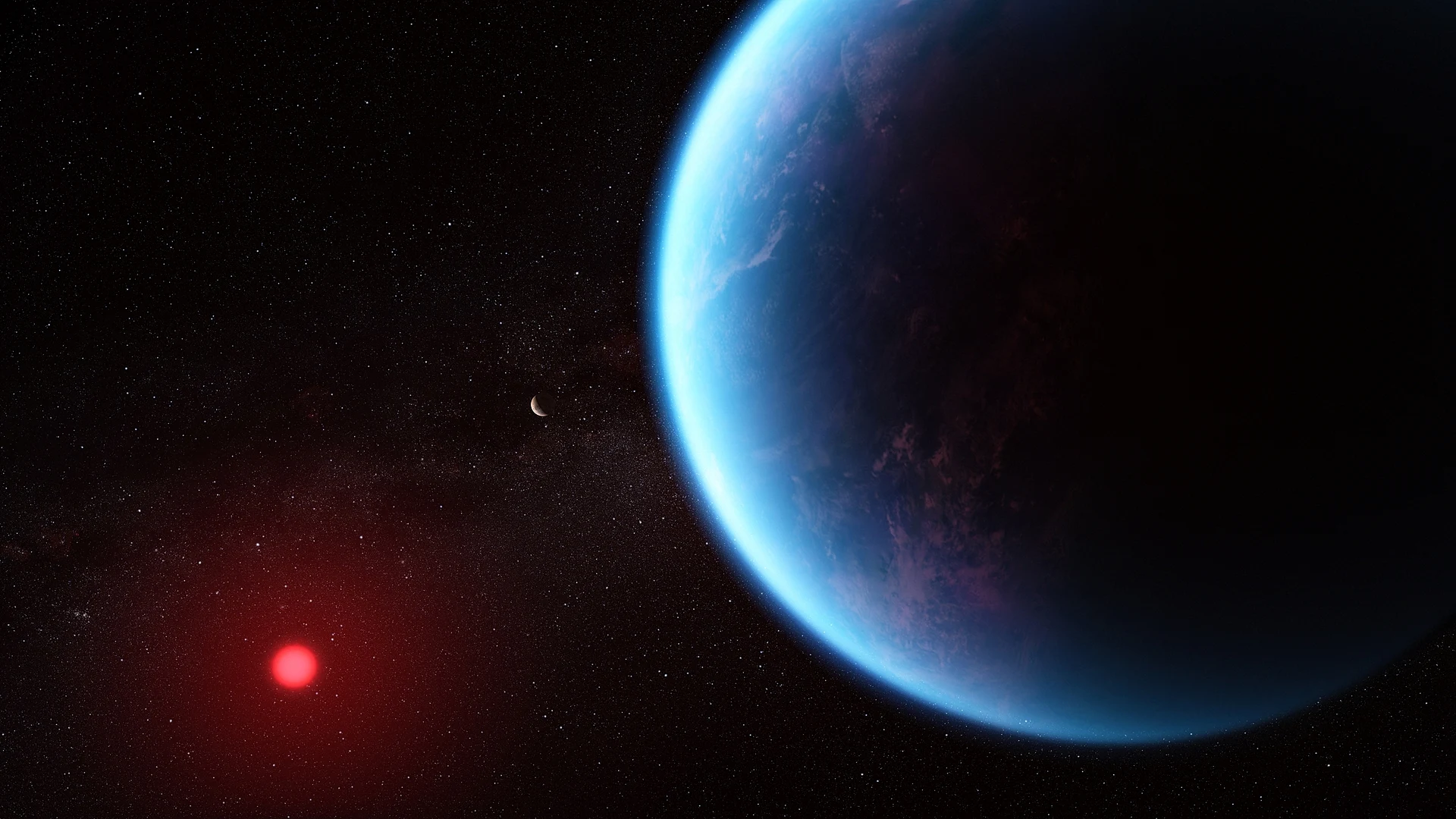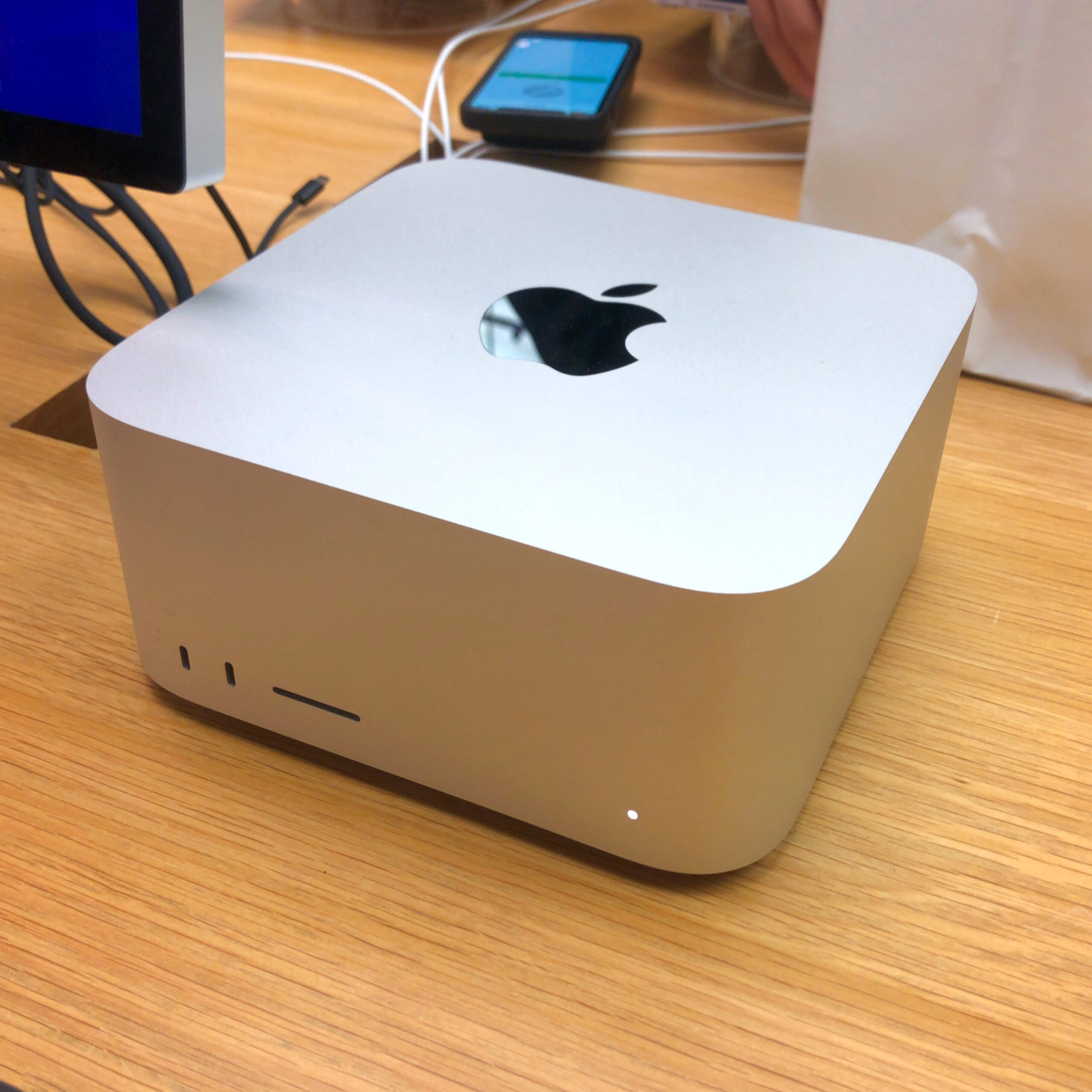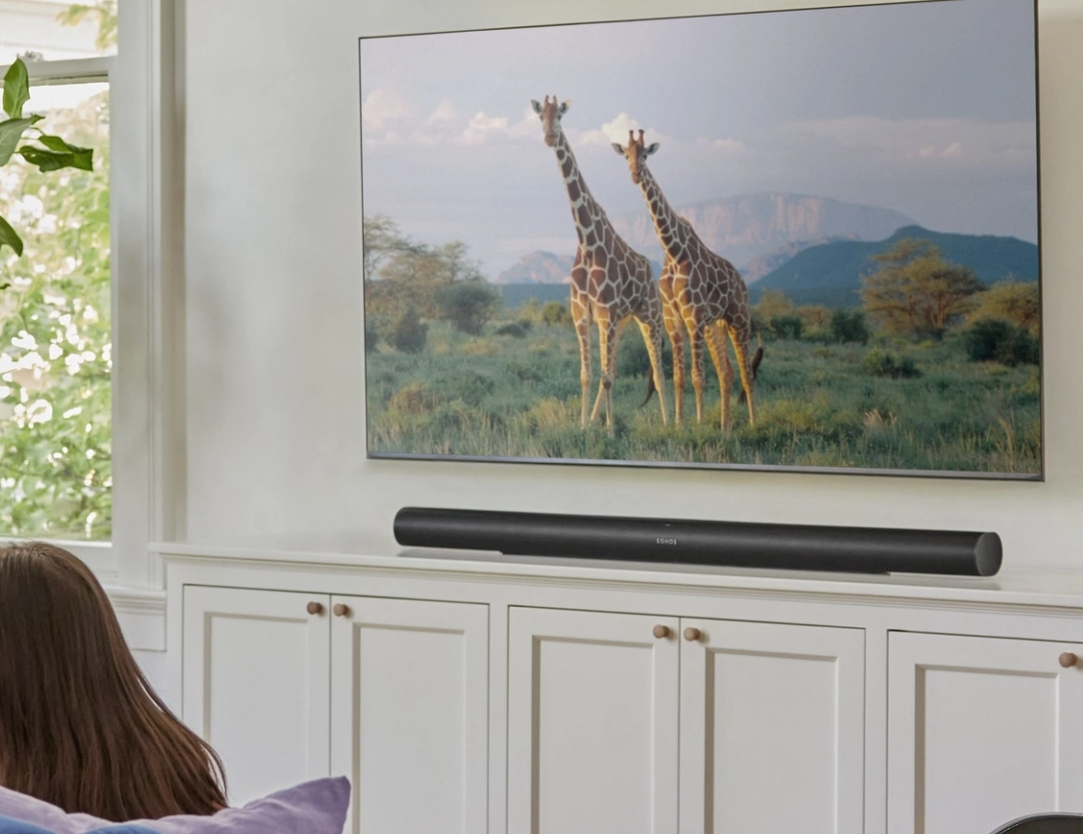Is there life out there in the cosmos? That question just got a little more exciting thanks to the James Webb Space Telescope (JWST), which recently turned its gaze toward a mysterious exoplanet called K2-18b — and what it saw might just blow your mind.
Located 120 light-years away in the constellation Leo, K2-18b isn’t your average gas giant or barren rocky world. It belongs to a curious class of exoplanets called “Hycean” planets — worlds with hydrogen-rich atmospheres and the potential for deep, global oceans. Think of them as cosmic water worlds that could, in theory, support life… just maybe not the kind that enjoys Netflix and pizza.
So what’s the big deal? In short: Webb may have sniffed out some molecules in the planet’s atmosphere that, on Earth, are produced almost exclusively by living things. Among the usual suspects like methane and carbon dioxide — which were already discovered in earlier observations — JWST has now detected dimethyl sulfide (DMS) and dimethyl disulfide (DMDS). These aren’t just fancy chemical names. On Earth, these gases are mainly released by marine organisms like plankton and seaweed.
Now before we start booking tickets on SpaceX’s K2-18b express, let’s add a dash of scientific caution. Detecting DMS doesn’t mean there’s life there — not yet, anyway. There’s a chance these chemicals could be formed by non-biological processes we don’t yet fully understand. Plus, the detection still sits below the gold-standard threshold scientists usually require for extraterrestrial life claims. That said, a 99.7% confidence level is still nothing to sneeze at.
What makes K2-18b even more intriguing is its size and composition. It’s somewhere between the size of Earth and Neptune, and with its thick hydrogen atmosphere and possible oceans, it could host environments not entirely unlike early Earth — though probably with fewer cats and coffee shops.
Adding to the excitement is the idea that this planet sits in its star’s habitable zone, where conditions could allow for liquid water. That’s a big deal, since water is one of the main ingredients for life as we know it.
NASA scientists and researchers at the University of Cambridge, who helped analyze the data, are understandably thrilled — but also cautious. More observations are needed to confirm the findings. If confirmed, this would mark the first time we’ve seen potential biosignatures in the atmosphere of a planet that’s not in our own solar system. Yep, it’s that big of a deal.
So what now? Well, JWST and other space observatories will continue gathering data, trying to paint a clearer picture of this mysterious ocean world. And for the rest of us, we’ll keep wondering — and hoping — that we’re not alone in the universe.
At the very least, if aliens are out there, they might just be microscopic plankton chilling in a distant, hydrogen-rich ocean.





